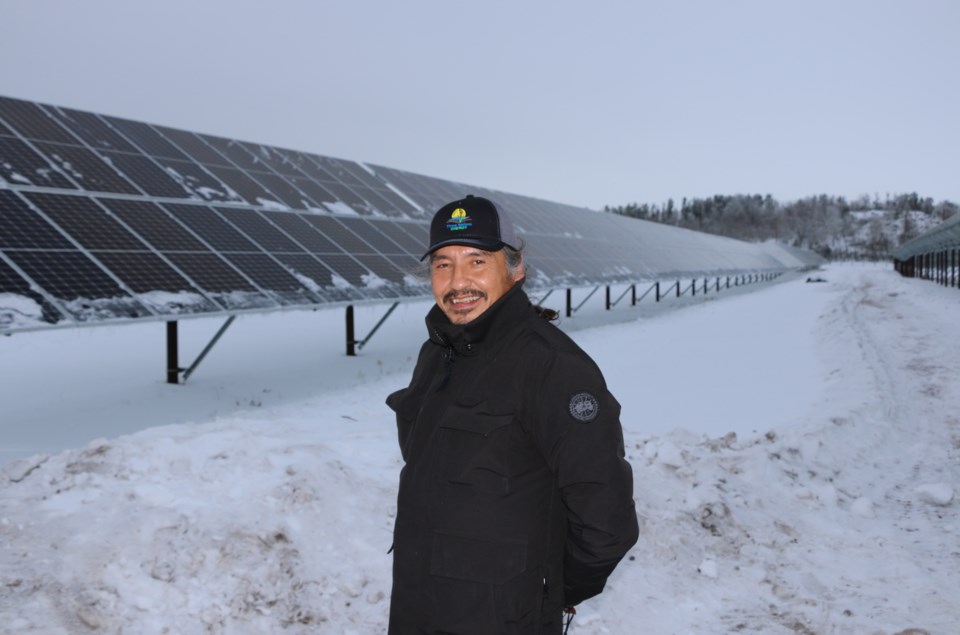This month, as local temperatures dipped to minus 18 C, the largest remote-located solar field in Canada will be hooked to the power grid of Fort Chipewyan in northern Alberta, where daylight averages less than seven hours for nearly half the year.
The Alberta and the federal governments paid for the $7.8 million grid, which is now owned by the Three Nations Energy GP. Inc. (3NE) and managed by Atco Power.
3NE is composed of Athabasca Chipewyan First Nation, Mikisew Cree First Nation, and Fort Chipewyan Metis Association.
Natural Resources Minister Amarjeet Sohi said the federal government provided $4.5 million to fund the project on top of the $3.3 million of funding from the province of Alberta.
Construction started in February 2020 when winter ice road access into the community opened briefly for heavy truck transport.
ATCO paid for and completed an adjacent solar farm in July 2019 and both solar farms feed into a 1.5 MWh (megawatt hour) battery storage system owned by Atco. The storage is equivalent to the amount of electricity used by about 330 homes during one hour.
The combined 2.95 MWh solar farm is Canada’s largest remote off-grid solar generating facility. Together the solar farms and storage system will supply over 25 per cent of Fort Chipewyan’s total annual electricity needs, eliminating more than 800,000 litres of diesel fuel. It is also forecast to reduce greenhouse gases emissions by about 2,250 tonnes each year.
This month (January) power will flow onto the isolated community grid serving about 1,100 residents, once final commissioning is completed.
3NE Solar is one of the first projects to be permitted by the Alberta Utilities Commission under the 2018 Small Scale (Community) Generation Regulation.
Fort Chipewyan is far from an ideal solar location.
While the solar field will provide 100 per cent of the power during the summer, the hamlet posts an average of only 6.8 hours of daylight between October and February, when heating requirements are at peak. Environment Canada describes the winter climate in the community as “frigid, snowy and mostly cloudy.”
Myles Dougan, director of investor relations and external disclosure with Atco, conceded the problem with solar in the long, dark winters of Canada’s north.
“That is the challenge with solar generally,” Dougan said, “How do you store the power from when the sun shines?”
In December and January, about 10 per cent to 12 per cent of Fort Chipewyan energy needs will come from solar and power storage, estimated Rob Macintosh 3NE project manager and communications lead, adding that the current storage is meant to cover only short-term use.
It would be economically impossible to size battery storage for seasonal use, he added
“There are no electric-battery storage systems anywhere in the world designed to do that,” Macintosh said.



